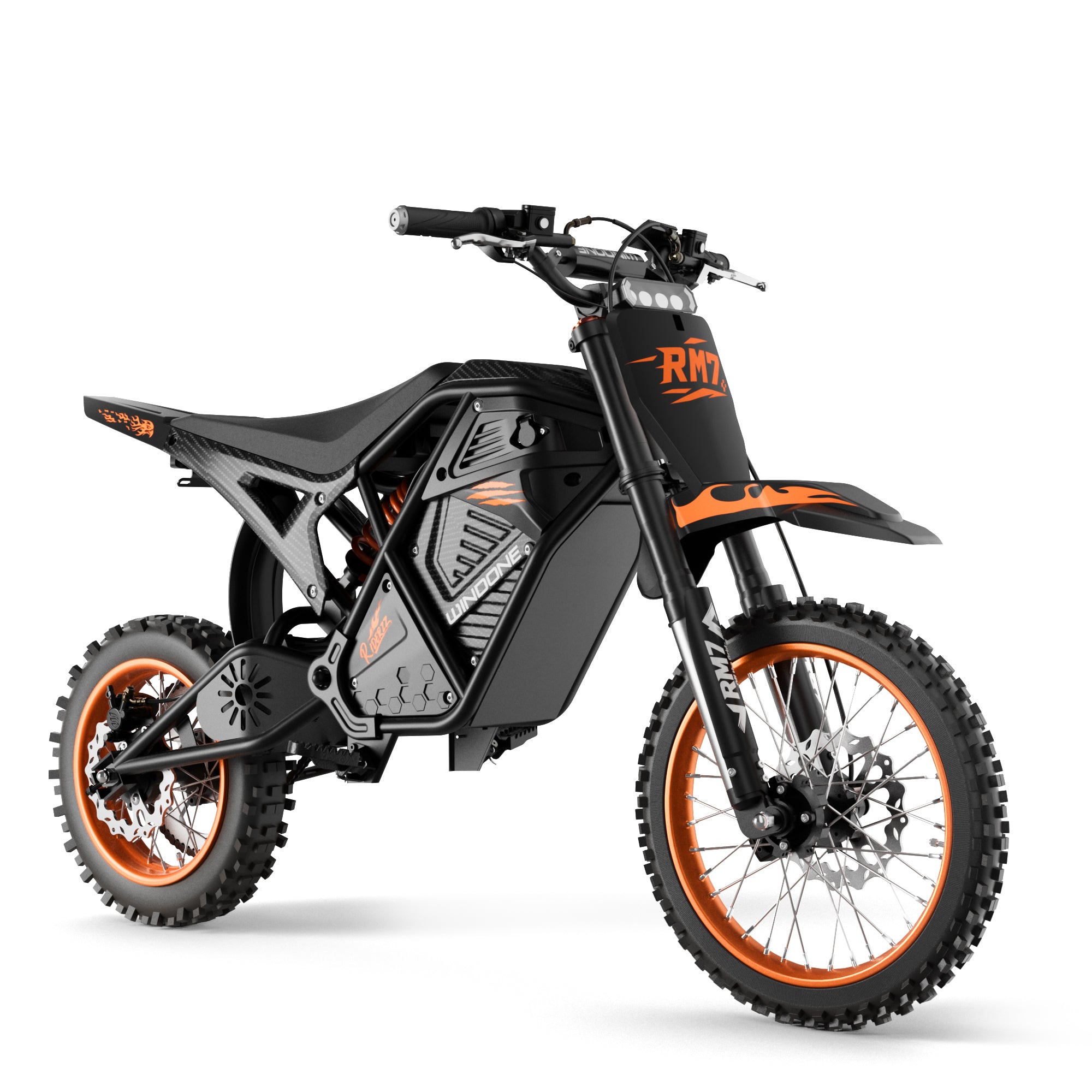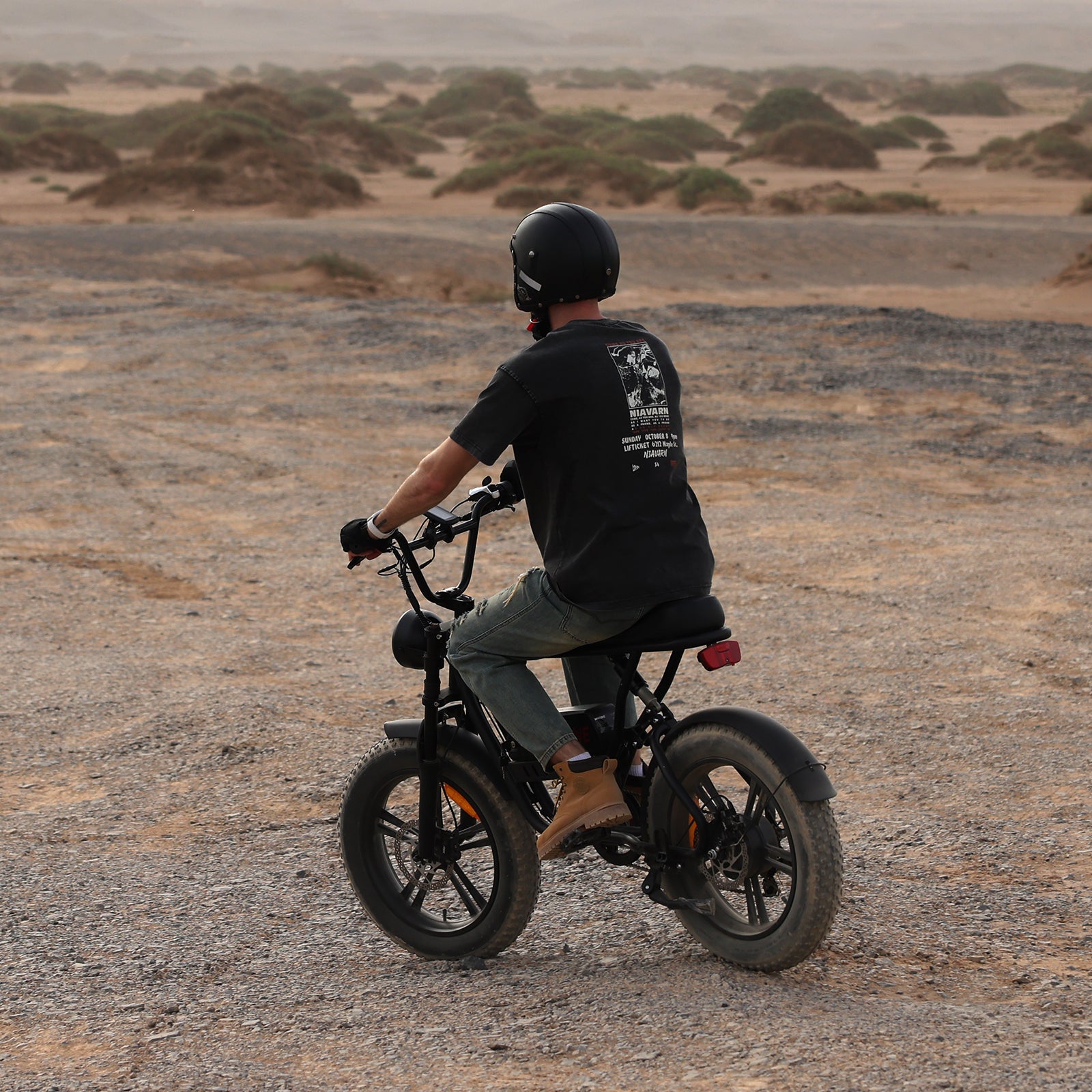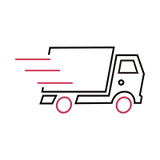Electric bikes can go pretty fast, making them popular. Most legal models can reach 20-28 mph. This helps people travel quickly in cities. In Europe, rules limit bikes to 15.5 mph. Other places allow higher speeds. Special bikes for off-road use can go over 60 mph. Speed depends on motor power, battery size, and rider weight. For example, a 250-watt motor gives average speed. Bikes with 500 watts or more go much faster.
Key Takeaways
-
Electric bikes can go 20-28 mph for most models. Some faster bikes can go over 60 mph for thrill-seekers.
-
Pick the right bike class for your needs: Class 1 is for easy rides, Class 2 is for throttle use, and Class 3 is for quicker trips.
-
Motor strength and battery size affect how fast you go. A stronger motor helps on hills or with heavy loads.
-
Always wear safety gear like a helmet to stay safe. Follow speed rules to have a safer ride.
-
Think about weather and roads before riding. Smooth roads and good weather help you go faster.
Electric Bike Classifications
Knowing electric bike types helps you pick the best one. These groups explain how the motor works and the top speed allowed. Here’s a simple guide to the three main types:
Class 1: Pedal-assist, max speed 20 mph
Class 1 bikes help when you pedal. The motor stops at 20 mph. They’re great for city rides or fun trips. Some states, like California, need a label showing speed and motor power. Riders 16 or older can use Class 1 bikes without a license.
🚲 Tip: New to electric bikes? Class 1 is a safe choice. It’s easy to ride and gives a helpful boost.
Class 2: Throttle-assisted, max speed 20 mph
Class 2 bikes don’t need pedaling. The throttle powers the motor, letting you go up to 20 mph. These bikes are good for relaxed rides or tough trails. Like Class 1, riders 16 or older can use them without a license.
Note: Windone makes comfy Class 2 bikes for easy riding.
Class 3: Pedal-assist, max speed 28 mph
Class 3 bikes are the fastest legal ones. The motor helps while pedaling but stops at 28 mph. They’re popular for long commutes. Riders must be 17 or older to use them. Some states ban Class 3 bikes on paths due to their speed.
|
Class |
Description |
|---|---|
|
Class 3 |
E-bikes with a top speed of 28 mph, equipped with a motor that assists only while pedaling and ceases assistance at 28 mph. |
Pick a class based on your style and local rules. Whether you like Class 1’s simplicity, Class 2’s ease, or Class 3’s speed, Windone has bikes for everyone.
Off-road and high-performance electric bikes
Off-road and high-performance electric bikes are made for adventure lovers. These bikes are stronger and faster than regular street models. If you like rough trails or high speeds, these bikes are for you.
These bikes have strong motors and smart features. For example, mid-drive motors give more power and torque. They work well on steep hills and tough paths. These motors also balance the bike better, making rides smoother.
|
Motor Type |
Benefit |
|---|---|
|
Mid-Drive Motors |
More power and torque |
|
Use |
Best for hills and off-road riding |
These bikes can go very fast. Some models reach over 70 mph in performance mode. Better batteries help them go farther and speed up faster. The market for these bikes is growing quickly. From 2024 to 2032, it’s expected to grow by over 3.5% each year.
|
Metric |
Value/Trend |
|---|---|
|
Market Size |
|
|
Growth Rate |
Over 3.5% yearly from 2024 to 2032 |
|
Key Improvement |
Better battery technology |
|
Speed Capability |
Over 70 mph in performance mode |
These bikes are not just about speed. They are built for rough trails and rocky paths. They handle steep climbs and tough terrain with ease. But remember, they may not be legal on public roads. Always check local rules before riding.
🚴 Tip: Want a bike with speed, strength, and durability? A high-performance model is a great choice for fun and adventure.

Factors That Affect How Fast Electric Bikes Go
Motor Power and Wattage
The motor is like the bike’s engine. Its power, in watts, decides speed and strength. A 750W motor is faster than a 250W one. It can reach 28-32 mph in good conditions. But hills and heavy loads can slow it down. If you need to climb steep hills or carry cargo, pick a bike with a stronger motor.
Battery Size and Efficiency
The battery helps decide how far and fast you can go. Bigger batteries let you ride longer without running out of power. Efficiency is also important. For example, using drop handlebars can cut wind resistance by 12-15%. This saves energy and boosts range by 10-15%. Bikes that use less energy can stay fast for longer. Choose bikes with advanced batteries and smart designs for better performance.
Rider Weight and Cargo
The weight on the bike affects its speed. Lighter riders and less cargo make the bike go faster. Heavy riders or big loads slow it down, especially uphill. If you carry heavy things, get a bike with a strong motor and sturdy frame. Spread the weight evenly to improve speed and balance. Keeping the bike light makes rides smoother and quicker.
Terrain and road conditions
The type of ground you ride on matters for speed. Smooth roads let you go faster with less effort. Rough paths, like gravel or dirt, slow you down. These surfaces make it harder for the motor to keep its top speed.
Hills also change how your bike performs. Going uphill needs more motor power, which lowers speed. Riding downhill can make you faster, but always be careful for safety. City areas with stops, traffic lights, and people walking also reduce your average speed.
Here’s a simple table showing how different things affect speed:
|
Factor |
Effect on Speed |
|---|---|
|
Rider Weight |
More weight = slower speed and weaker acceleration |
|
Uphill vs. Downhill |
Uphill slows you, downhill can speed you up (be safe) |
|
Urban Traffic |
Stops and obstacles lower your overall speed |
|
Wind Conditions |
Headwinds slow you, tailwinds help you go faster |
|
Temperature |
Extreme weather lowers battery power and speed |
🚴 Tip: For tough trails, pick a bike with strong motors and sturdy tires. This helps you ride better and stay safe.
Weather and wind resistance
Weather also affects how fast you can ride. Wind is a big factor. Riding into strong wind slows you down because the motor works harder. A tailwind pushes you forward, helping you go faster with less effort.
Temperature changes your battery’s performance. Very cold or hot weather makes the battery weaker, reducing speed and distance. Wet or icy roads also make riding harder. You need to go slower to avoid slipping.
🌦️ Note: Always check the weather before riding. Planning ahead keeps you safe and helps you enjoy your ride.
By knowing how terrain and weather affect your bike, you can plan smarter rides and get the best experience from your electric bike.
High-Performance Electric Bikes
What are high-performance electric bikes?
High-performance electric bikes are made for riders who want extra speed and strength. These bikes are better than regular ones, with advanced features for better performance. They often have strong motors, bigger batteries, and light frames made of aluminum or carbon fiber. These features make them great for long rides, steep hills, and rough trails.
Here are key features that make these bikes special:
|
Feature |
Details |
|---|---|
|
Motor Strength |
Powerful motors give fast starts and steady speeds. |
|
Battery Size |
Bigger batteries let you ride farther without recharging. |
|
Frame Build |
Strong frames absorb shocks, making rides smoother and safer. |
|
Speed Potential |
Motor power and design decide how fast the bike can go. |
|
Battery Duration |
Long-lasting batteries mean fewer stops to recharge. |
|
Weight Balance |
Good balance helps with turning and braking at high speeds. |
These bikes also have smart systems for smooth power use and better battery efficiency.
How fast can high-performance models go?
High-performance electric bikes can reach very high speeds. Motors from 250W to 10,000W offer a wide range of speed options. Many bikes can go up to 20 mph with a throttle and 28 mph with pedal assist. Some models can even go over 60 mph.
The actual speed depends on things like rider weight, road type, and battery size. For example, a lighter rider on a flat road can go faster than a heavier rider on a hilly path. Local laws often limit e-bike speeds for safety. In California, the legal limit is 28 mph with pedal assist and 20 mph with throttle.
How are they different from street-legal bikes?
High-performance electric bikes are not the same as street-legal ones. They are built for more speed and power, often going beyond legal limits for public roads. These bikes are best for private tracks, off-road trails, or racing events.
|
Comparison |
High-Performance E-Bike |
Street-Legal E-Bike |
|---|---|---|
|
Average Speed |
30-60+ mph |
20-28 mph |
|
Motor Power |
750W to 10,000W |
250W to 750W |
|
Terrain Use |
Rough trails and off-road |
Smooth city roads |
|
Legal Use |
Private areas only |
Must follow road laws |
If you want a bike with speed, power, and flexibility, high-performance models are a great pick. But always check local rules before riding.
Who Should Use High-Performance Electric Bikes?
High-performance electric bikes are not for everyone. They are best for people who need speed and power. These bikes have advanced features that suit specific lifestyles. Knowing who benefits most can help you decide if they’re right for you.
Who Rides High-Performance Electric Bikes?
Studies show interesting facts about who uses these bikes. Retired people are the largest group, making up 53%. They use the bikes for fun or shopping trips. Middle-aged workers are 20% of users. They ride for work and leisure. Other groups include older women, part-time workers, and students.
|
User Group |
Percentage of Users |
Average Age |
Job Type |
Main Use |
|---|---|---|---|---|
|
Retired Leisure Riders |
53% |
72 |
Retired |
Fun/Shopping |
|
Middle-Aged Full-Time Workers |
20% |
53 |
Full-Time (78%) |
Work/Fun |
|
Older Female Riders |
14% |
50-65 |
Part-Time/Homemakers |
Fun/Shopping |
|
Younger Part-Time Workers |
11% |
46 |
Part-Time |
Work/Fun/Shopping |
|
Students |
1% |
12-20 |
N/A |
School Use |

Why Are These Bikes Popular?
These bikes attract people with unique lifestyles. Many owners earn high incomes and like new technology. About 22% of users enjoy trying the latest gadgets. These bikes also appeal to eco-friendly riders. If you love rough trails, steep hills, or racing, these bikes are perfect.
🚴 Tip: Want speed, power, and modern features? A high-performance bike could be your best choice.
Legal and Safety Considerations
Local speed regulations for electric bikes
Knowing local speed rules is important for safe riding. Different areas have their own laws to keep riders and others safe. For example:
-
Consumer Product Safety Commission (CPSC) Standards: These rules make sure electric bikes are safe to use.
-
State-Specific Regulations: U.S. states can set their own speed limits and riding zones.
-
Local Ordinances: Cities may add rules like requiring helmets or limiting riding areas.
|
Region |
Document Title |
|
|---|---|---|
|
European Union |
Rules and regulations on electric cycles in European Union |
|
|
Asia |
New national guidelines to restrict speeds of new electric bikes to under 25km/h |
|
|
USA |
NYC lifts ban on electric bikes, but hoverboards still illegal |
Risks of exceeding speed limits
Going faster than allowed can lead to accidents. High speeds make it harder to stop or steer safely. A study explains:
“...When you’re dealing with higher speeds, there’s the potential for greater risk of injury,” Jakubowicz said. Because e-bikes make cycling more accessible to people, many riders are new to cycling and don’t have the same experience and knowledge as seasoned cyclists. That, too, can cause problems, Waldron said.
New riders may not know how to handle fast speeds. Breaking speed rules also increases the chance of hitting people or cars. Always follow speed limits to stay safe.
Essential safety gear for high-speed riding
Wearing safety gear is very important for fast rides. Helmets are the most critical. Studies show:
Around 60% of cyclists involved in accidents experience head injuries. Helmets can reduce the risk of head injury by up to 50%.
Other important gear includes:
-
Gloves: Keep your hands safe if you fall.
-
Reflective Clothing: Helps others see you in the dark.
-
Knee and Elbow Pads: Protect you during crashes.
Good safety gear makes riding safer and more fun.
Tips for safe and responsible riding
Riding fast on an electric bike is exciting but safety matters most. Follow these simple tips to stay safe and ride responsibly.
-
Wear a helmet: Helmets protect your head during accidents. They lower the chance of head injuries by 50%. Pick one that fits well and meets safety rules.
-
Use lights and warning devices: Add a white light in front and a red light in back. These help others see you, especially at night. Use a bell or horn to warn people nearby.
-
Ride with traffic: Stay on the right side of the road. This keeps you moving with cars and lowers accident risks.
-
Be a defensive rider: Watch for dangers and slow down if unsure. Defensive riding gives you time to react and avoid crashes.
🚴 Tip: Check your bike’s brakes, tires, and battery often. A well-kept bike works better and keeps you safer.
Know where you can ride your bike. Many paths, bike lanes, and sidewalks allow electric bikes. Share space with walkers, cars, and other riders. Follow speed limits to prevent accidents.
Weather affects safe riding too. Wet or icy roads make stopping harder, so slow down. Strong winds can throw off your balance, so stay alert and adjust your speed.
By using these tips, you can enjoy your electric bike while keeping yourself and others safe.
Electric bikes offer various speeds for different riders. Regular models usually go 20-28 mph. High-performance bikes can go over 60 mph. Speed depends on motor strength, rider weight, and road type. Always stay safe by wearing gear and obeying local rules. Pick a bike that fits your needs and riding style for the best experience.
FAQ
How fast can an electric bike go?
High-performance electric bikes can go over 60 mph. Most street-legal bikes are capped at 20-28 mph. Always follow local rules to stay legal.
Do you need a license for an electric bike?
For Class 1 and Class 2 bikes, no license is needed in most places. Some areas may require one for Class 3 or faster models. Check your local laws to be sure.
How far can an electric bike travel on one charge?
The distance depends on the battery, motor, and road type. Most bikes can go 20-50 miles per charge. Bigger batteries on high-performance bikes let you go farther.
🚴 Tip: Use pedal-assist mode and avoid steep hills to save battery.
Are electric bikes good for beginners?
Yes, Class 1 and Class 2 bikes are easy for beginners. They have simple controls and safe speeds. Wear safety gear and practice in quiet areas first.
Can you ride an electric bike in the rain?
Most electric bikes handle light rain well. Avoid deep water or heavy rain to protect the motor and battery.
🌧️ Note: Dry your bike after wet rides to prevent rust or damage.










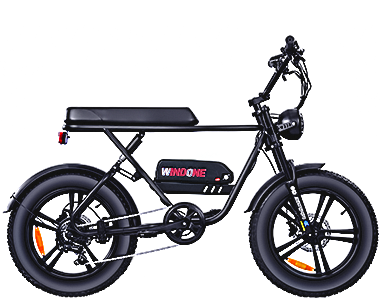
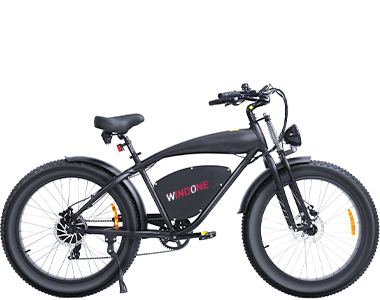
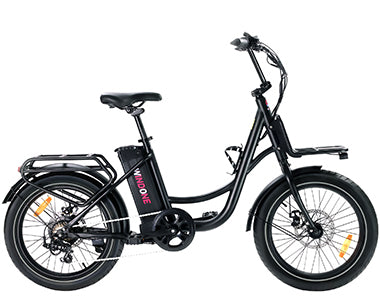
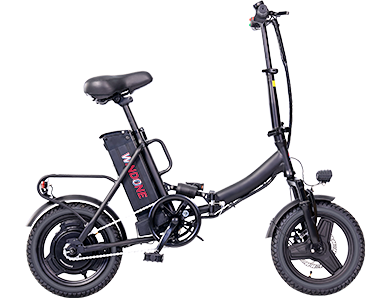



 Ebike Locks
Ebike Locks
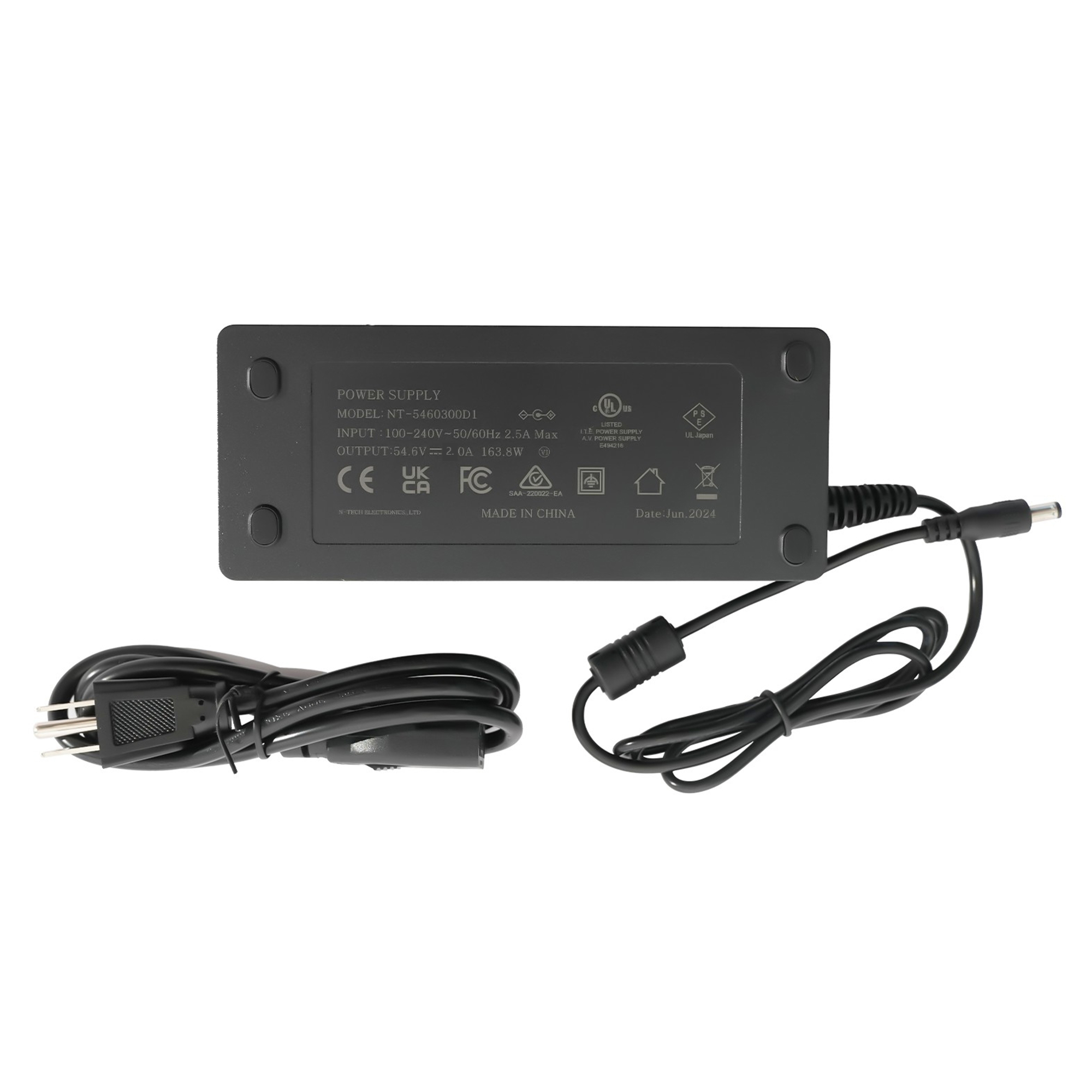
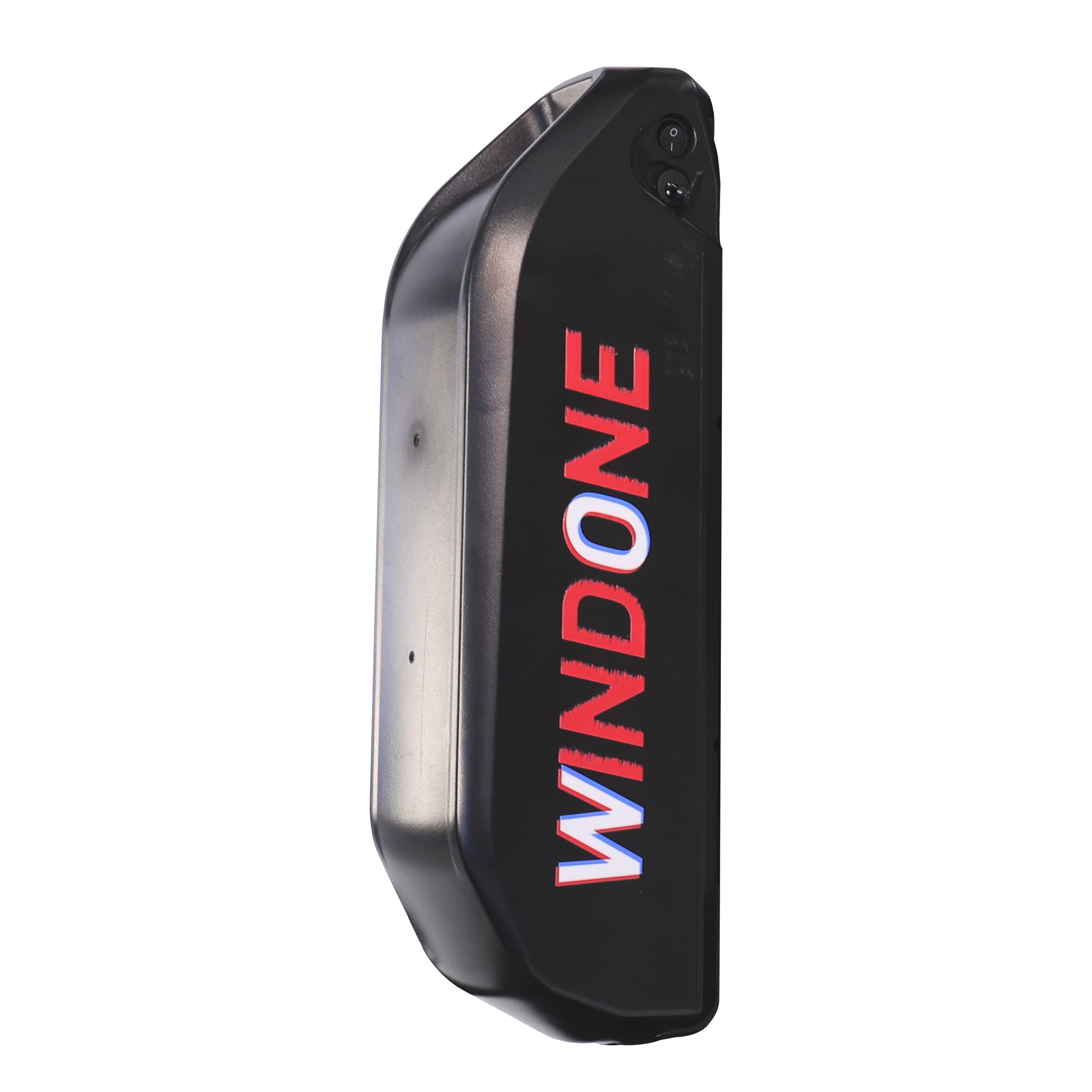
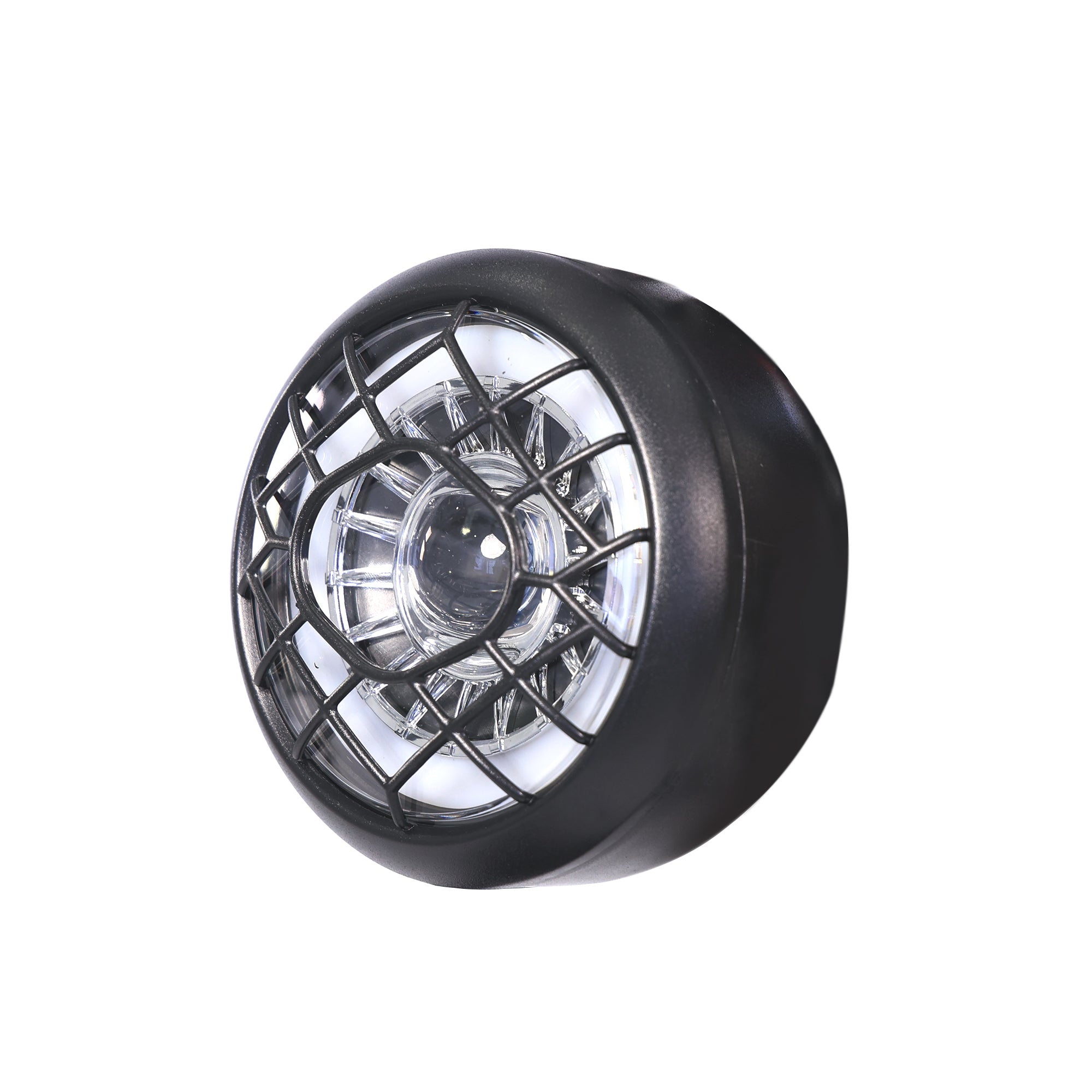
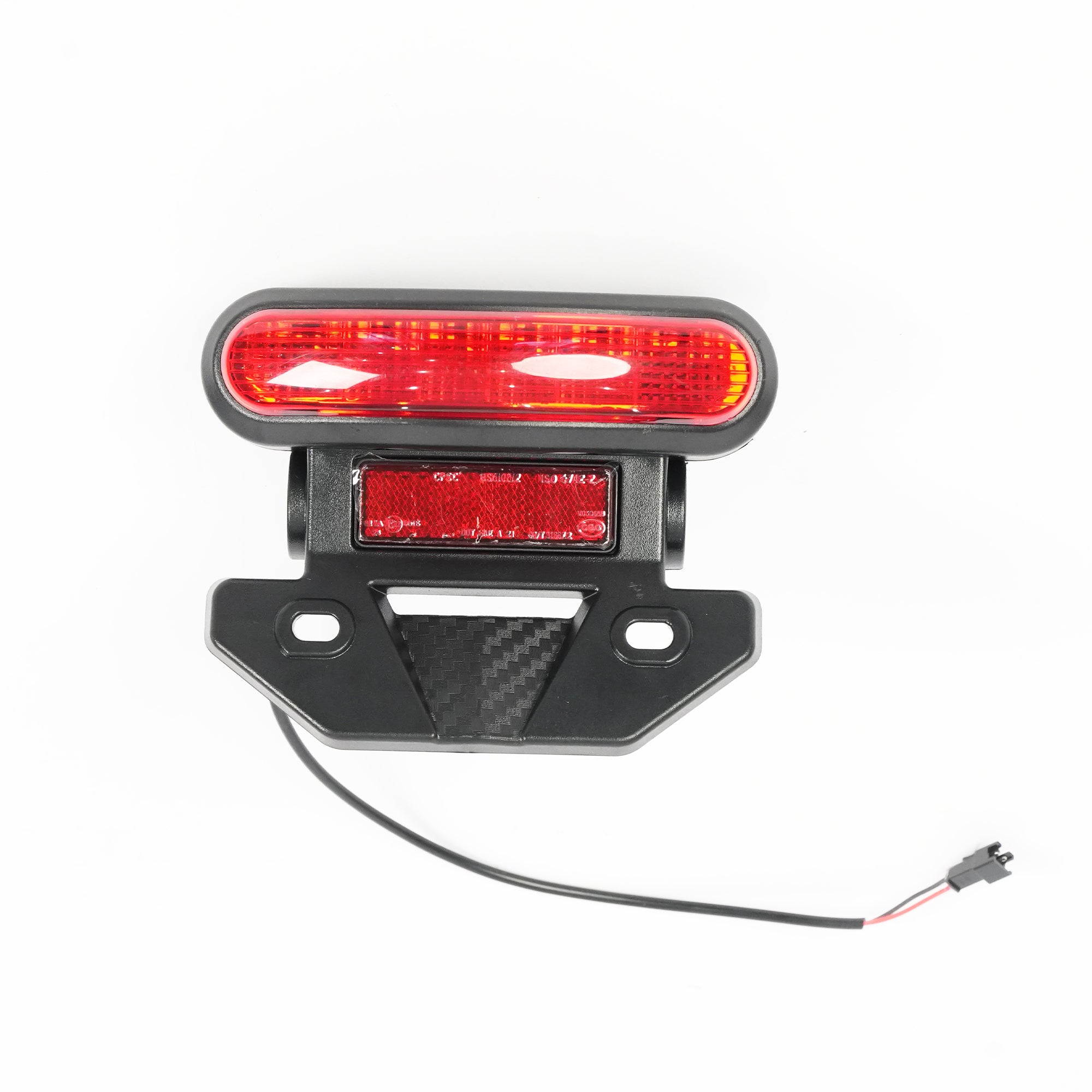
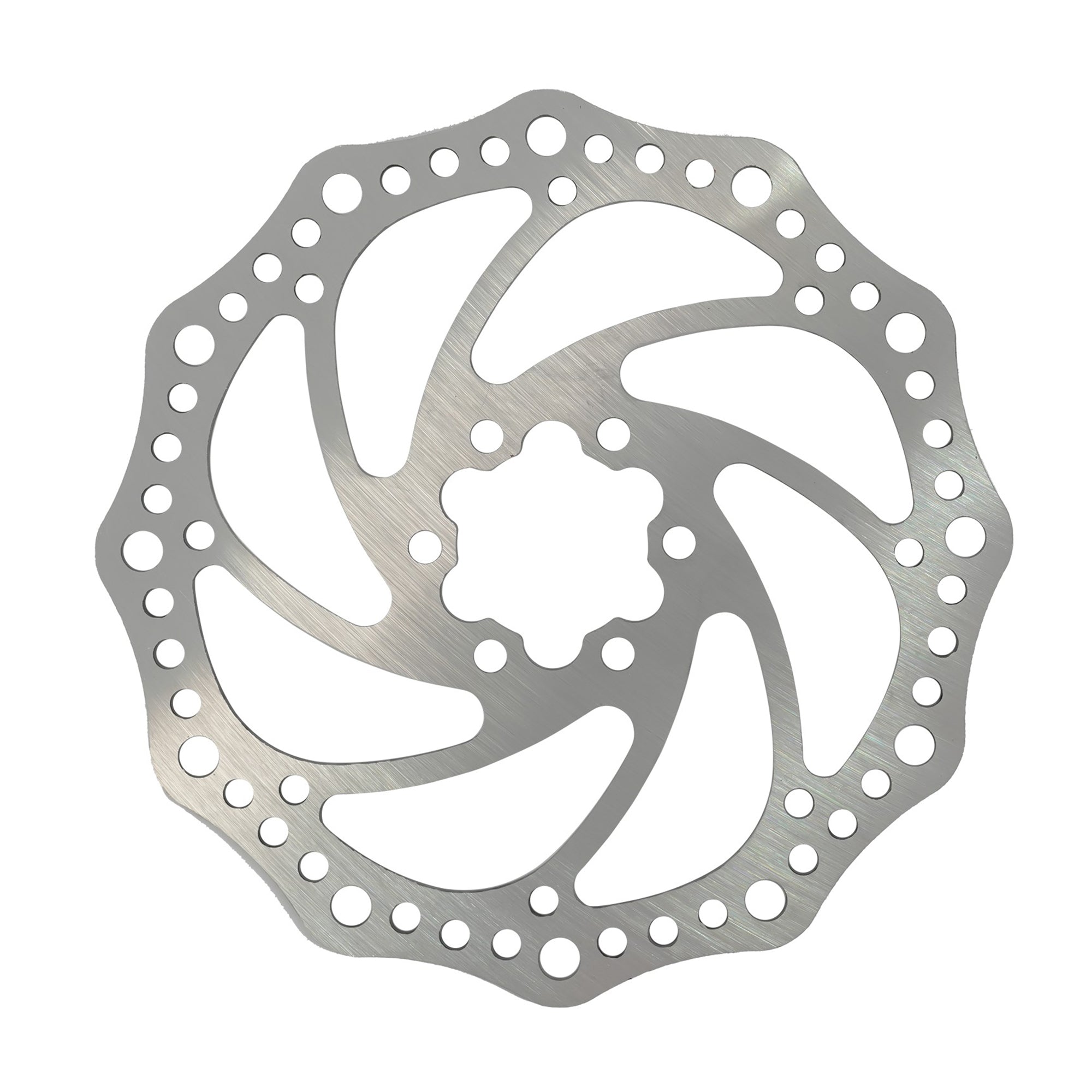
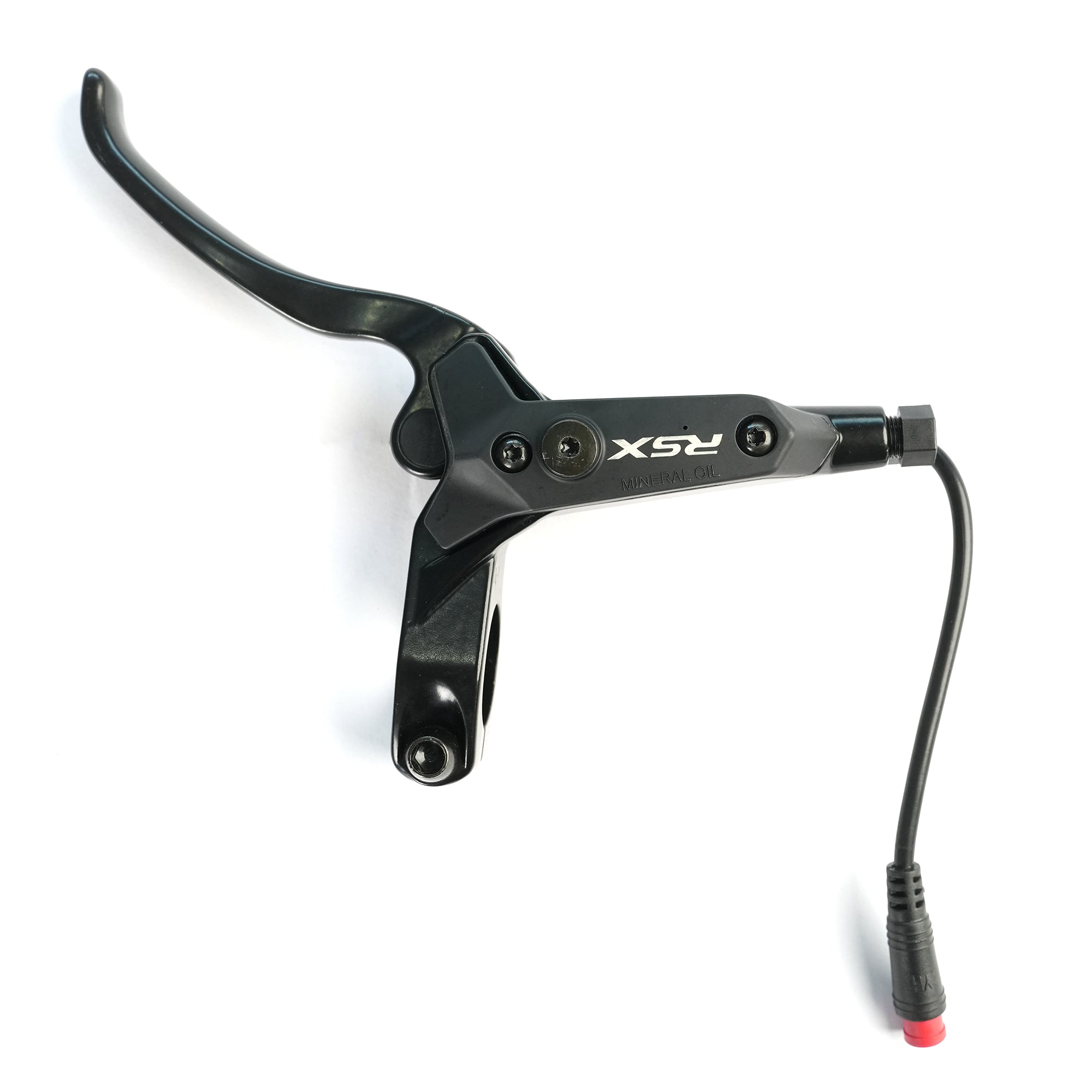
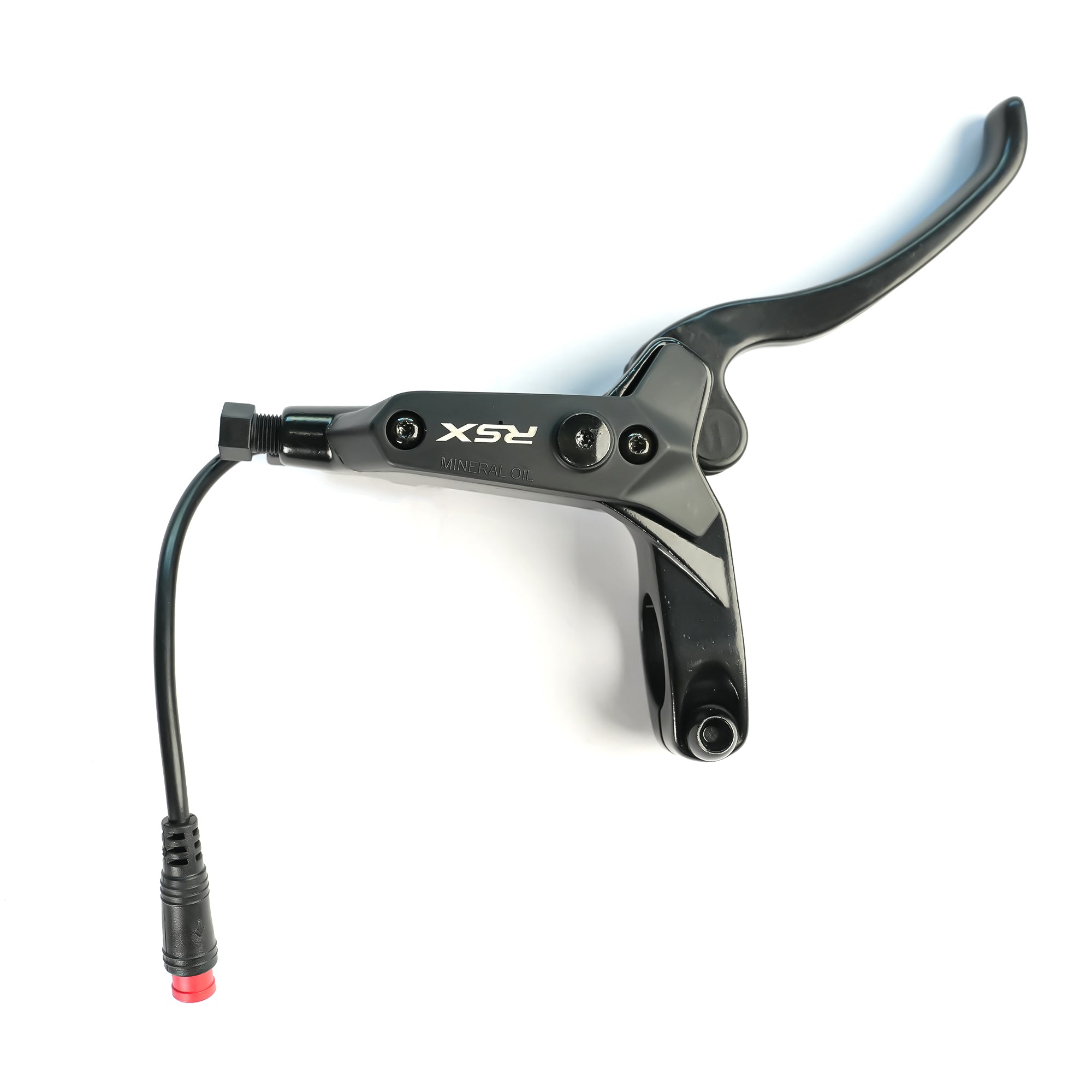
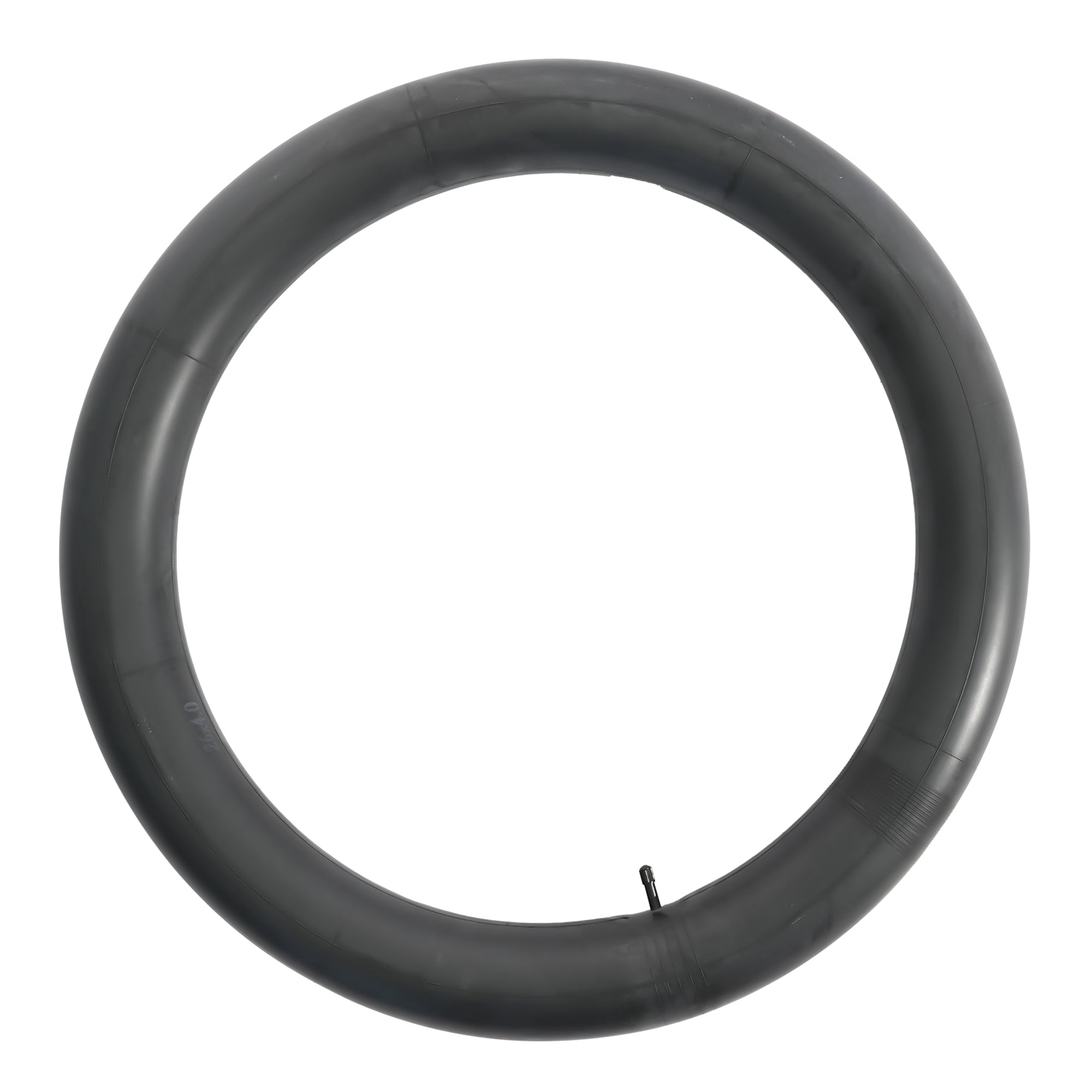
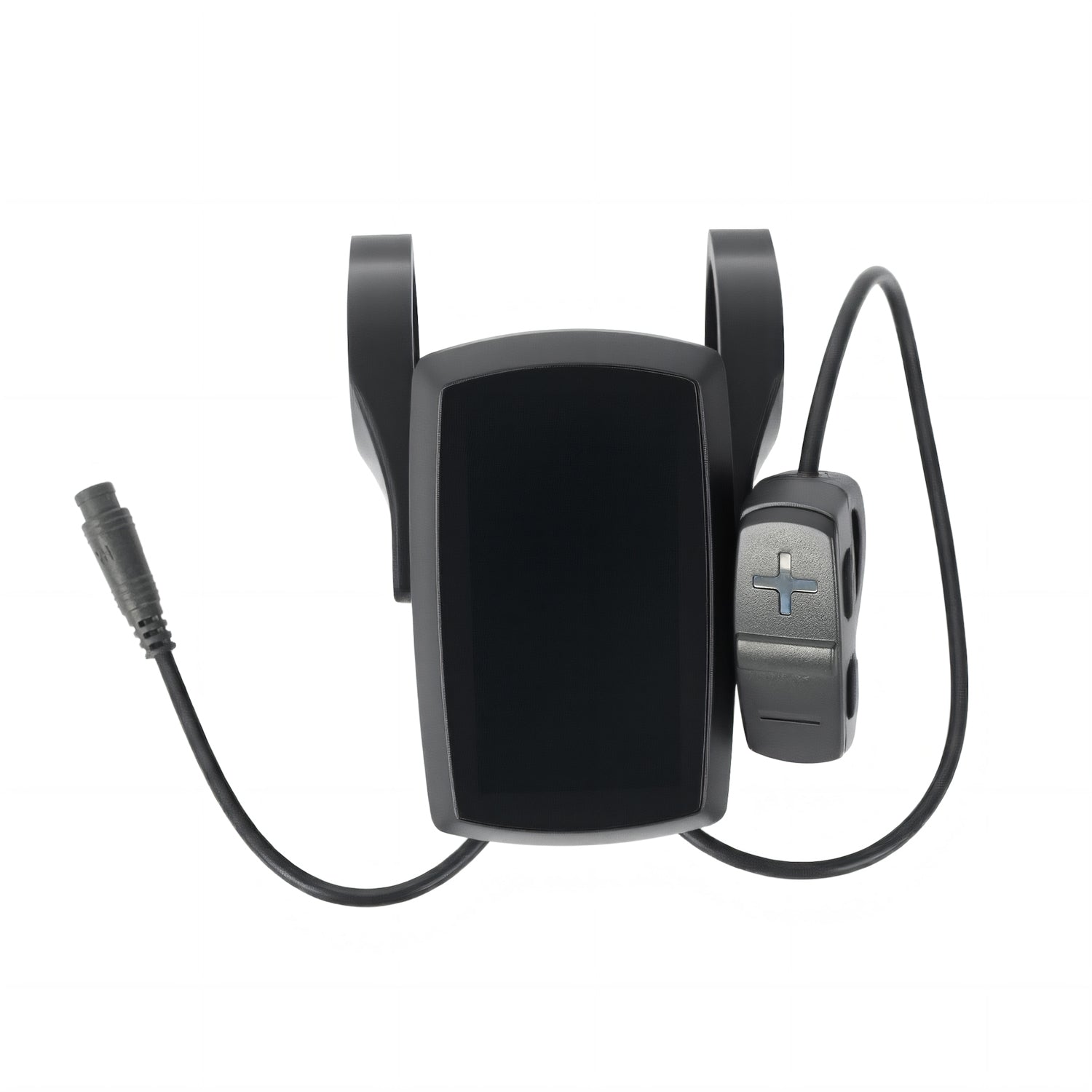
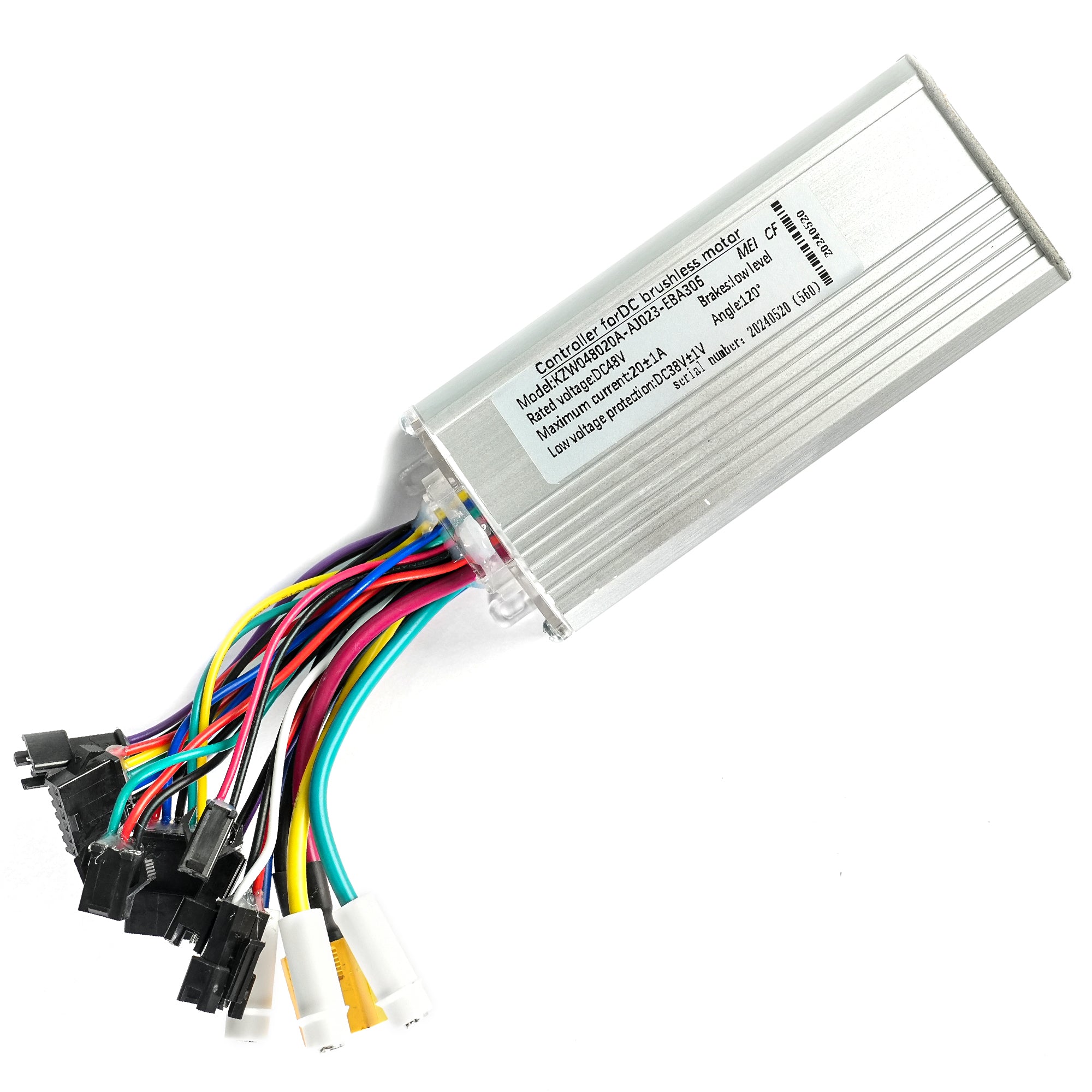
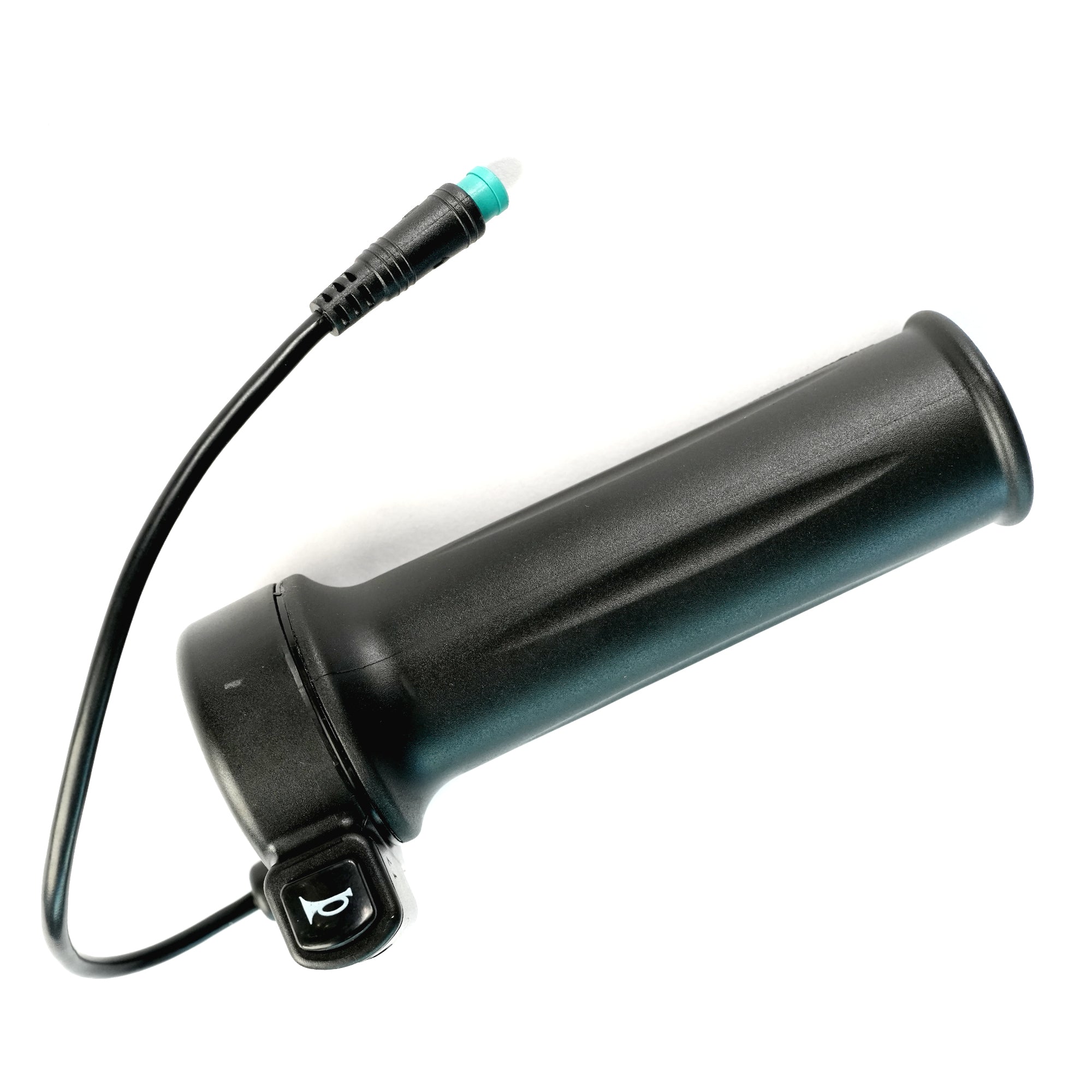
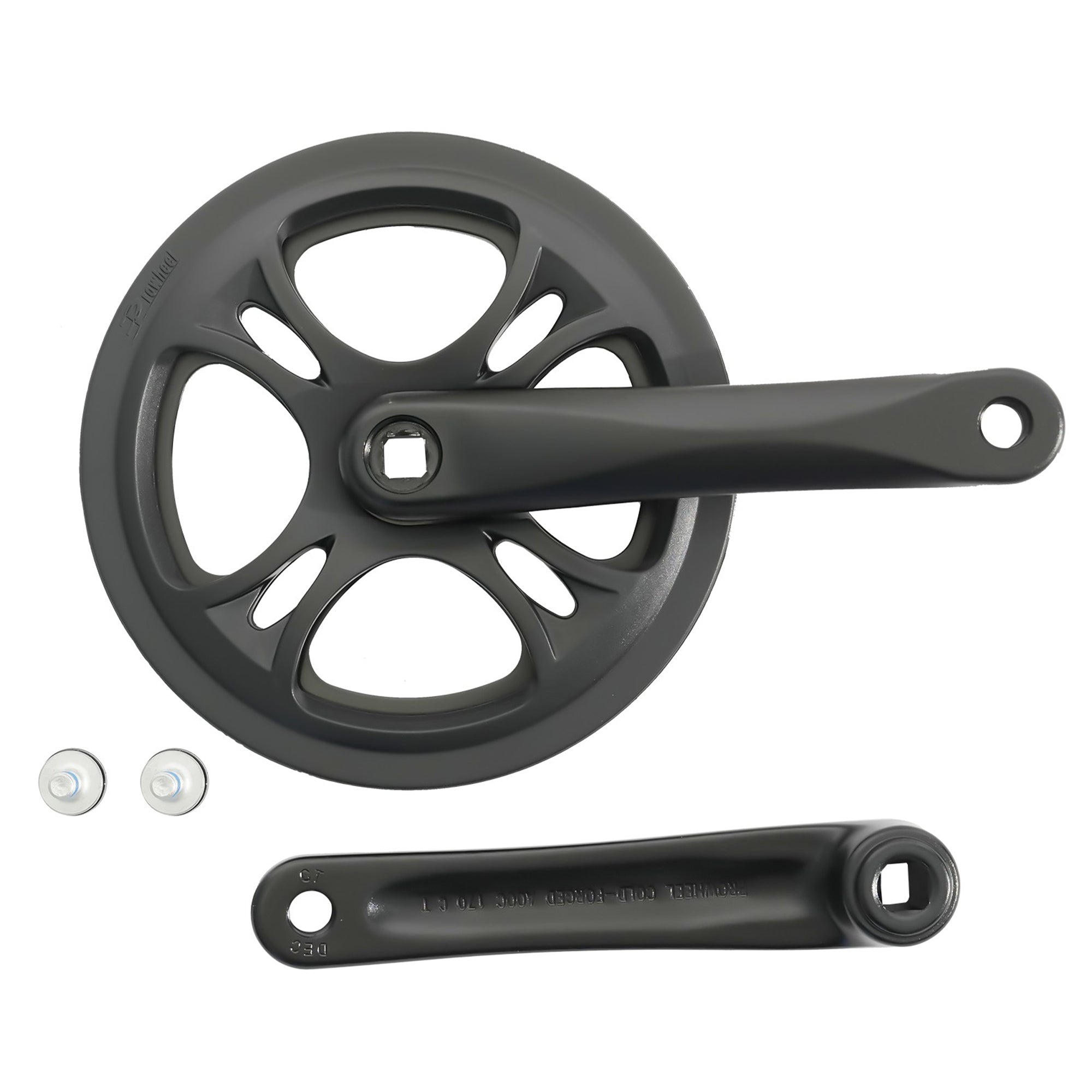
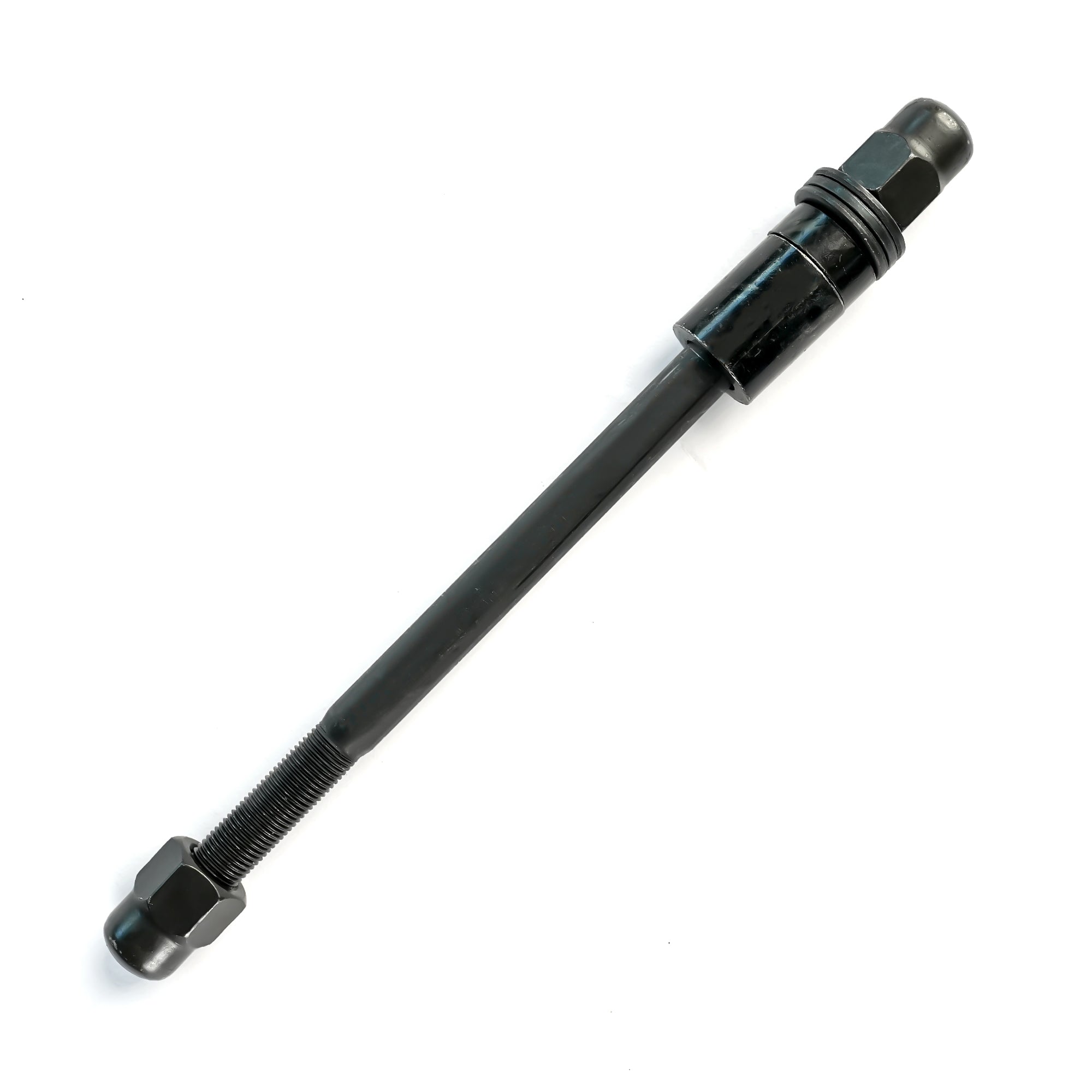
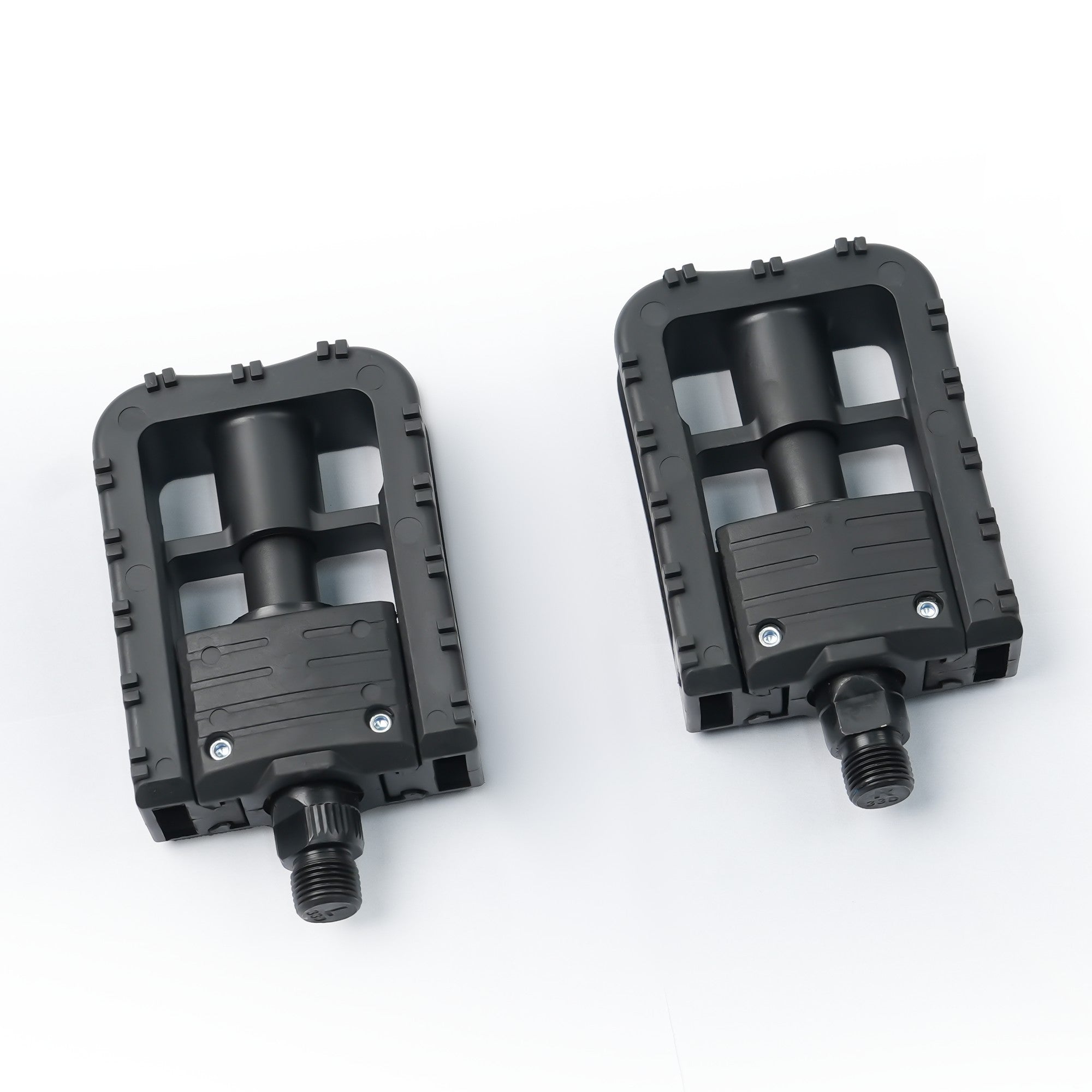
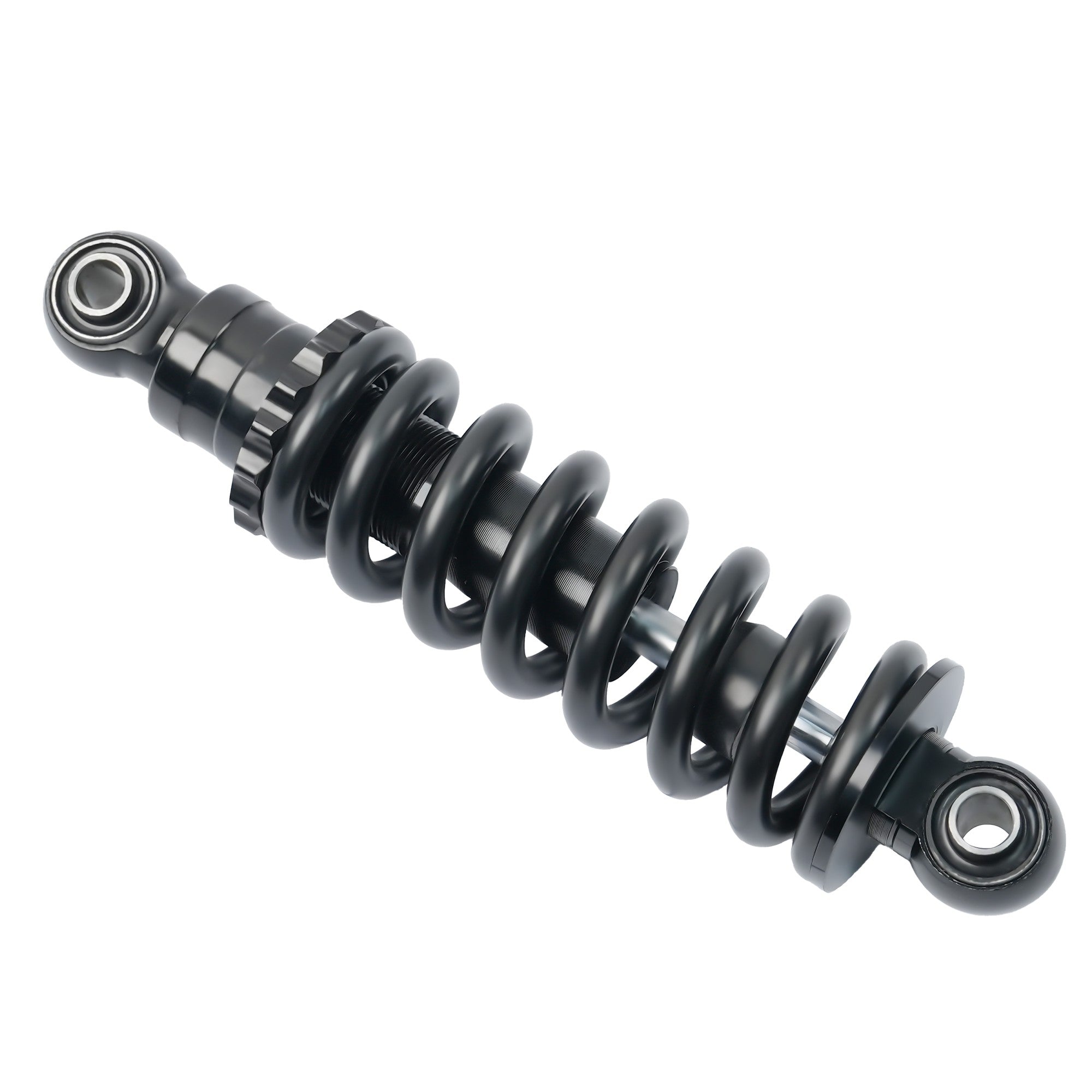
 Payment
Payment Afterpay Financing
Afterpay Financing Warranty
Warranty Shipping Policy
Shipping Policy Exclusive Discounts
Exclusive Discounts Track Your Order
Track Your Order Return & Refund
Return & Refund Referrals & Membership
Referrals & Membership User Manual
User Manual Contact Us
Contact Us FAQs
FAQs


